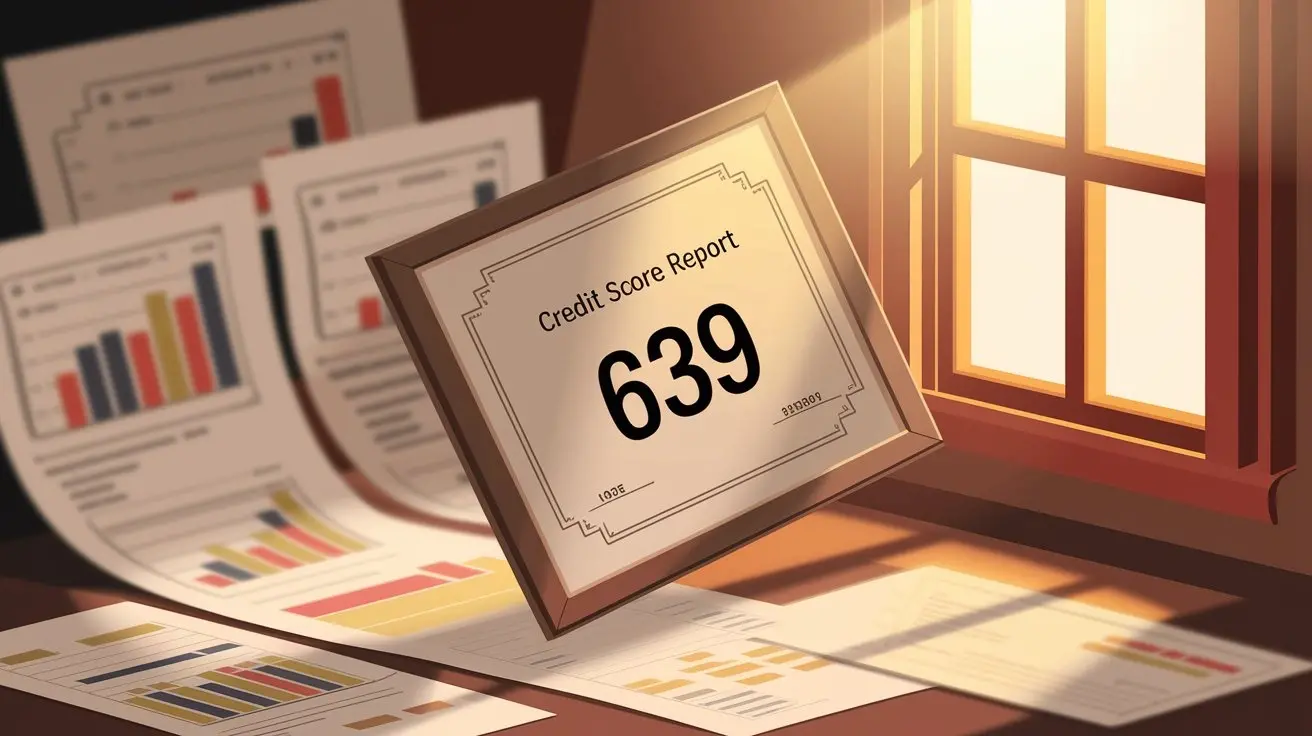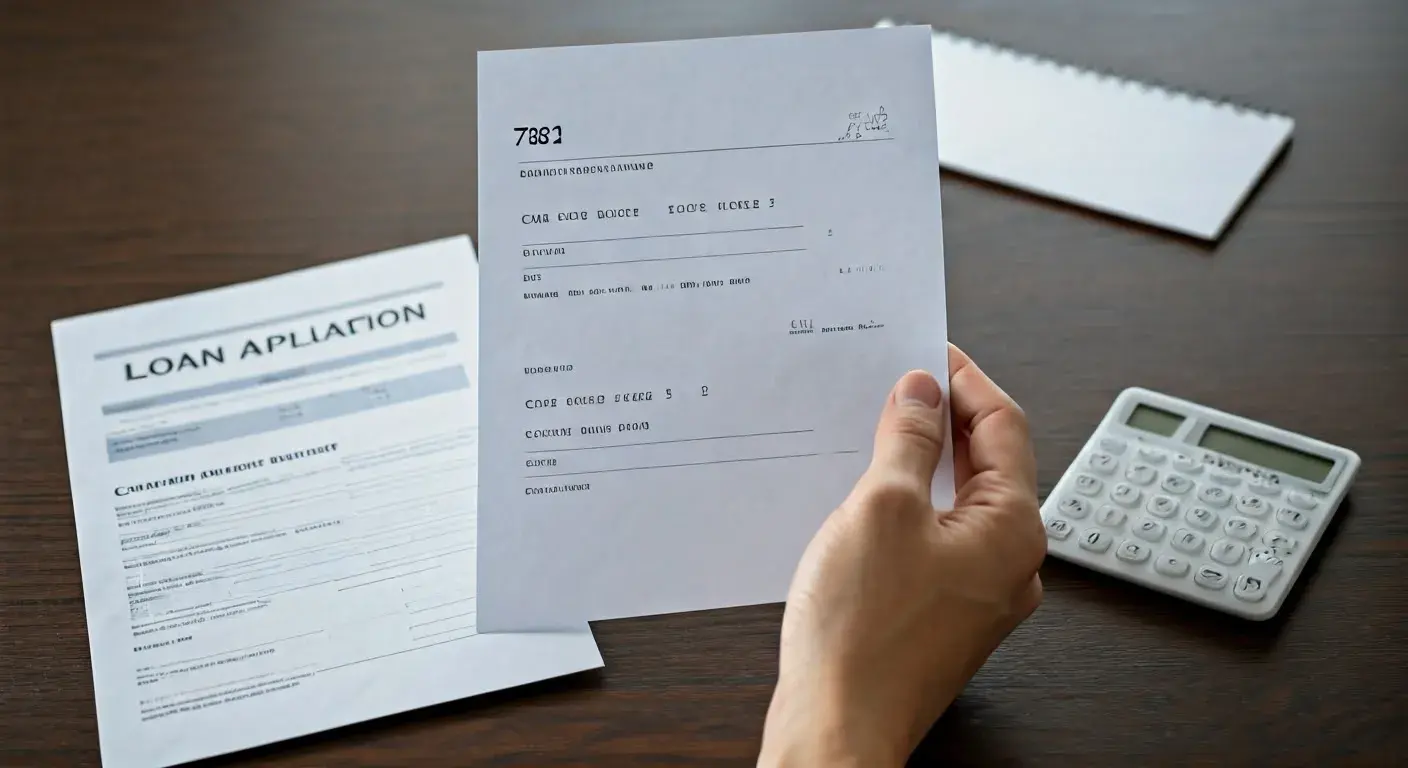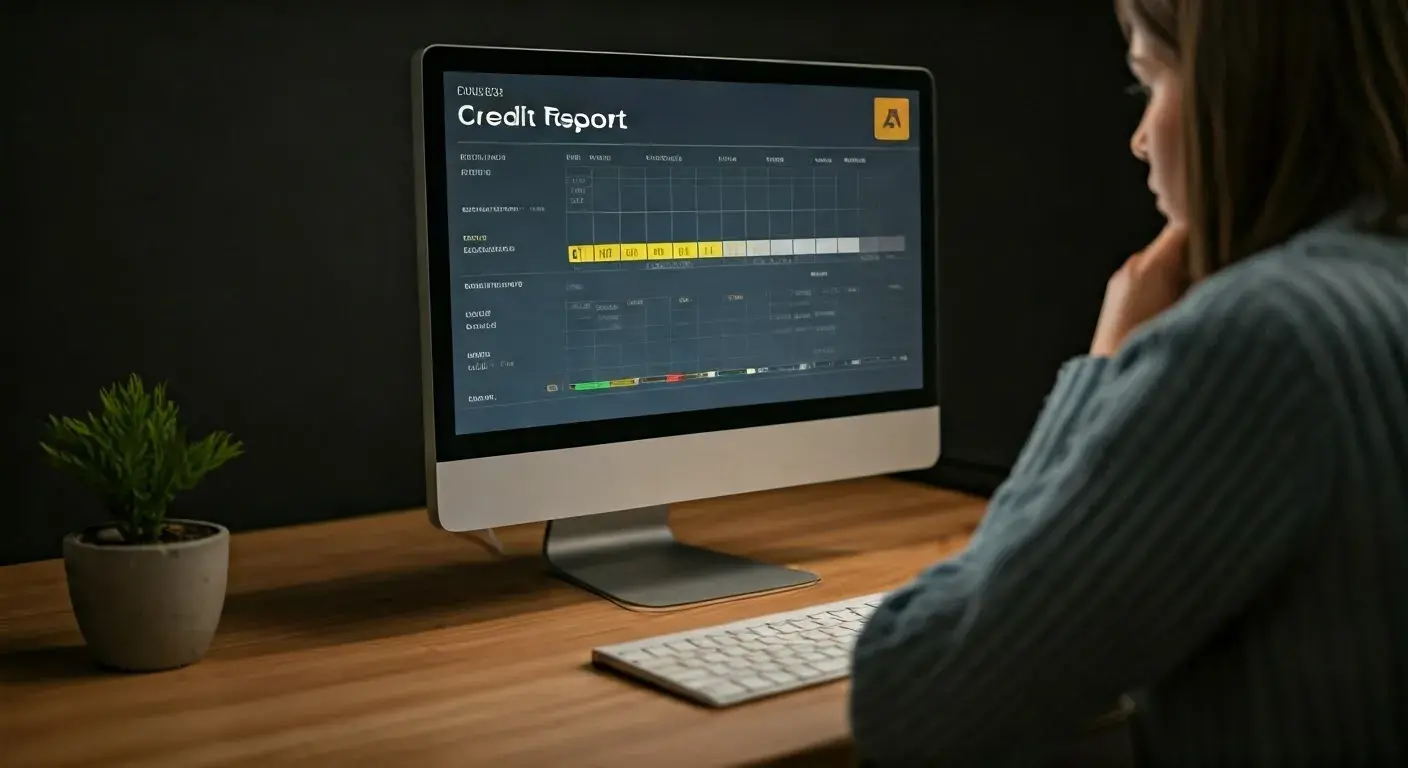-
Posted on: 01 Aug 2024
-
A credit score therefore refers to a three-figure figure that helps the credit providers know the odds of repaying the credit. Credit scores are from 300 to 850, the higher the credit score the less risky the borrower is to the lending institutions. But what is considered to be a good credit score that will allow you to get approved for credit and loans at reasonable interest rates? Read on to discover what credit score ranges fall under excellent, good, fair, or even poor.
First and foremost, one may ask: What is a good credit score? Lenders consider credit scores of 800 or above as good credit scores. This top tier bracket relays to lenders that you are a credit-worthy client with zero risk of defaulting on loans or other credit lines. If you score above 800 then you will be in a vantage point of getting the best interest rates, terms, rewards programs as well as other privileges when searching for loans, mortgages, and credit cards among other products. Still, if you get a credit score in the range of 700 to 799, it will be considered very good and help you secure perfect interest rates and conditions.
Credit Score: What It Is and How to Read Yours A credit score of 700 to 799 is considered good or simply above average. Though not as high as 800 plus, credit scores in this range also tell lenders that you are a low credit risk and handle your debts effectively. If you have a good credit rating you will be able to borrow money at very low interest rates and on very flexible terms. You may not always get the lowest interest rates that are quoted for just a few super prime borrowers, but with a 700 plus credit score, you will be considered a better risk than average by most conventional lenders.
What does it mean to have a fair credit rating The 600 to 699 credit score range is normally regarded as the fair or average credit standing. If your score lies in this range, you will be able to borrow credit from conventional money lenders but you will not be able to secure the best interest rates that are available along with flexibility in the repayment options. A credit of below 600 is generally considered to be a minimum amount of credit that is acceptable for a normal mortgage and auto loan at the average market interest rate. With fair credit, you’ll still receive offers for credit cards and personal loans, although they will be accompanied by above-average interest rates. It is possible to raise the credit score by at least 50-100 points if it is on the low side and this could mean thousands of dollars saved on high-interest credit card, auto, or student loan debts.
What is a credit score and what does it mean to have a poor credit score These are usually below 600, which means that you have bad credit, and it will be hard for you to secure approvals for loans and credit from most conventional lending facilities. These credit scores tell lenders that you are presently a credit risk because you have a bad credit history, marked by late payments, maxed-out cards, collections accounts, or any other negative entries. If you have a bad credit rating, your chances of being approved for other credit products other than the initial credit cards targeted toward subprime consumers are slim. However, even if they are approved, one should brace for exorbitant interest rates and other charges. If your credit rating is in the 500s or lower, you might need to turn to other types of credit including credit builder loans, secured cards, and borrowing circles that are initiated through credit unions, community banks, and non-profit organizations to help you build creditworthiness gradually.
In its simplest form, credit scores are commonly used by lenders to assess the creditworthiness of potential borrowers. It is a fact that most of the mainstream lenders today employ automated underwriting systems in analyzing the credit risk of borrowers during loan approvals. These systems heavily rely on credit scoring models such as FICO and Vantage Score which are derived from the data contained in credit reports by the three credit reporting agencies namely Experian, Equifax, and Transunion. It is important to note that most lenders have a certain minimum score that they consider before approving a loan and this is usually determined by the risk level that is attached to each score range. Such borrowers with higher test scores which point to lower default risk can obtain better interest rates and loan conditions from the lenders than those clients classified as high risk owing to their low scores. You can get different rates and credit limits when applying for new credit products if your score is 50 to 100 points lower.
Improving Your Credit Score The good news is that there are practical steps you can take immediately to start the process of raising your credit score no matter what number falls somewhere within that range from 300 to 850. Regularly tracking your credit reports and scores for a specific period is crucial to identify areas of your credit profile that would need more attention to get the maximum improvement on your scores. Some of the best practices for credit score improvement are paying all the bills on time every month, maintaining low credit card balances, avoiding multiple loan applications in a short period, fixing inaccuracies on the credit report, and dealing with any negative information that has not been addressed. If you have credit cards, an auto loan, and a mortgage, for example, it can be beneficial to create a blend of these credit lines. If you require assistance in disputing errors, negotiating with creditors, or developing a credit improvement strategy, seek the assistance of a nonprofit credit counselor or a financial advisor. However, do not be too quick to judge since it takes time before changes are realized in the score. Follow the guidelines provided in the credit building and be persistent, you will soon reap the rewards.
Call now for expert credit repair services: (888) 803-7889
Read More:
Which is most accurate credit score?
How can I really check my credit score?
Is it safe to check credit score online?
How do I get my true FICO Score for free?




